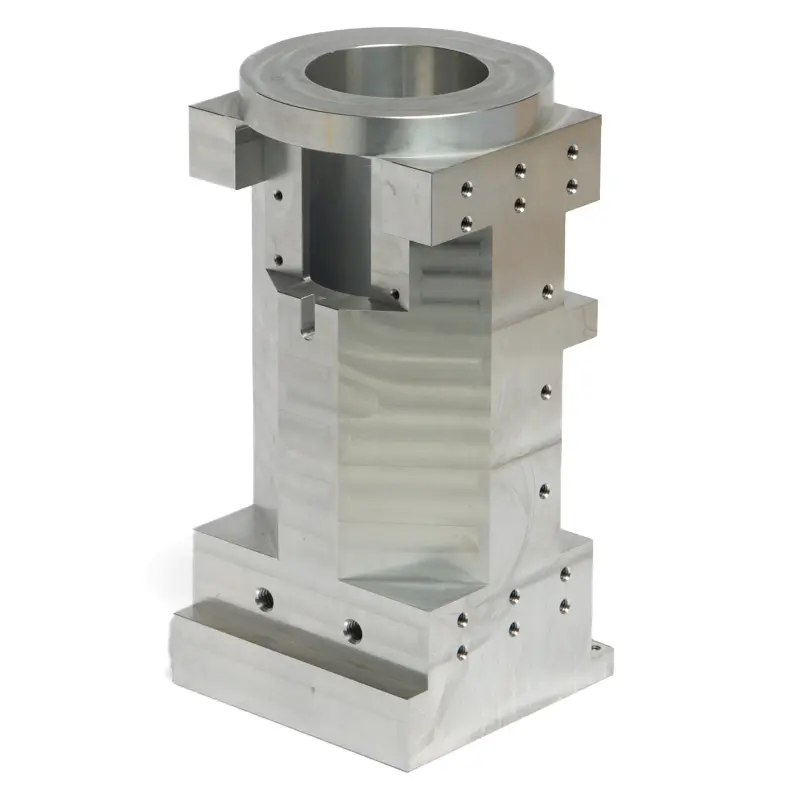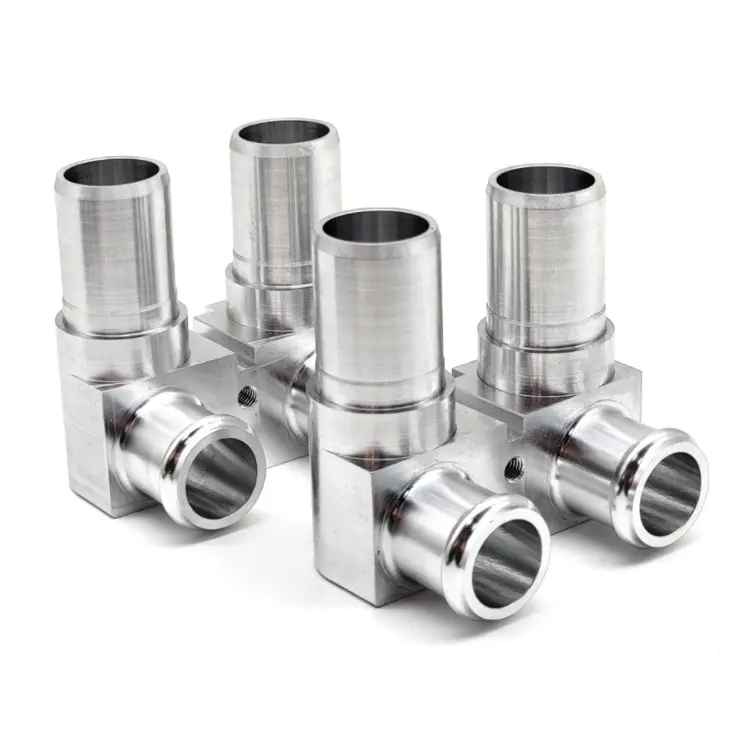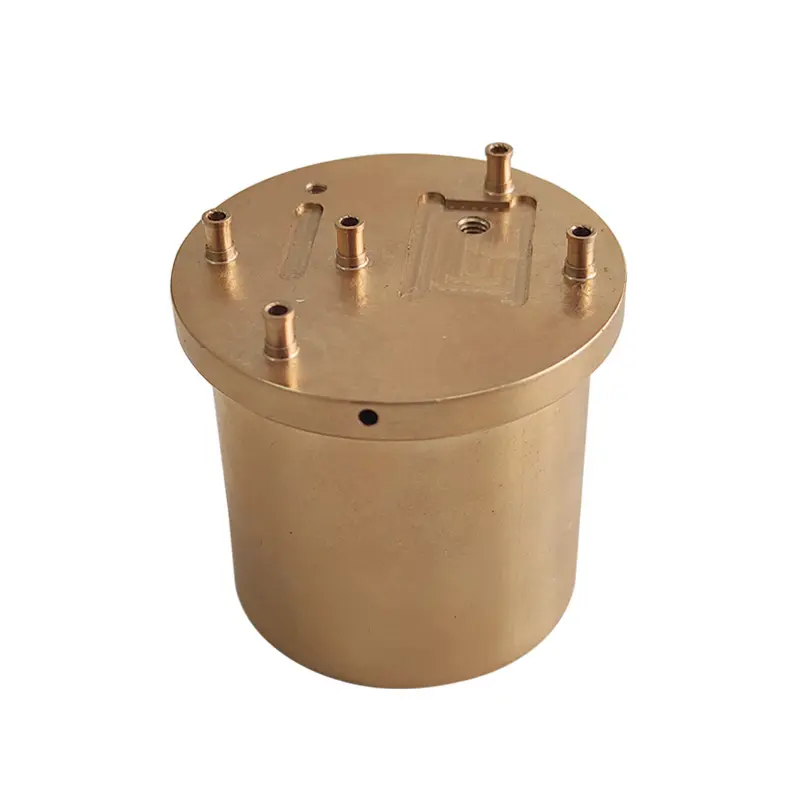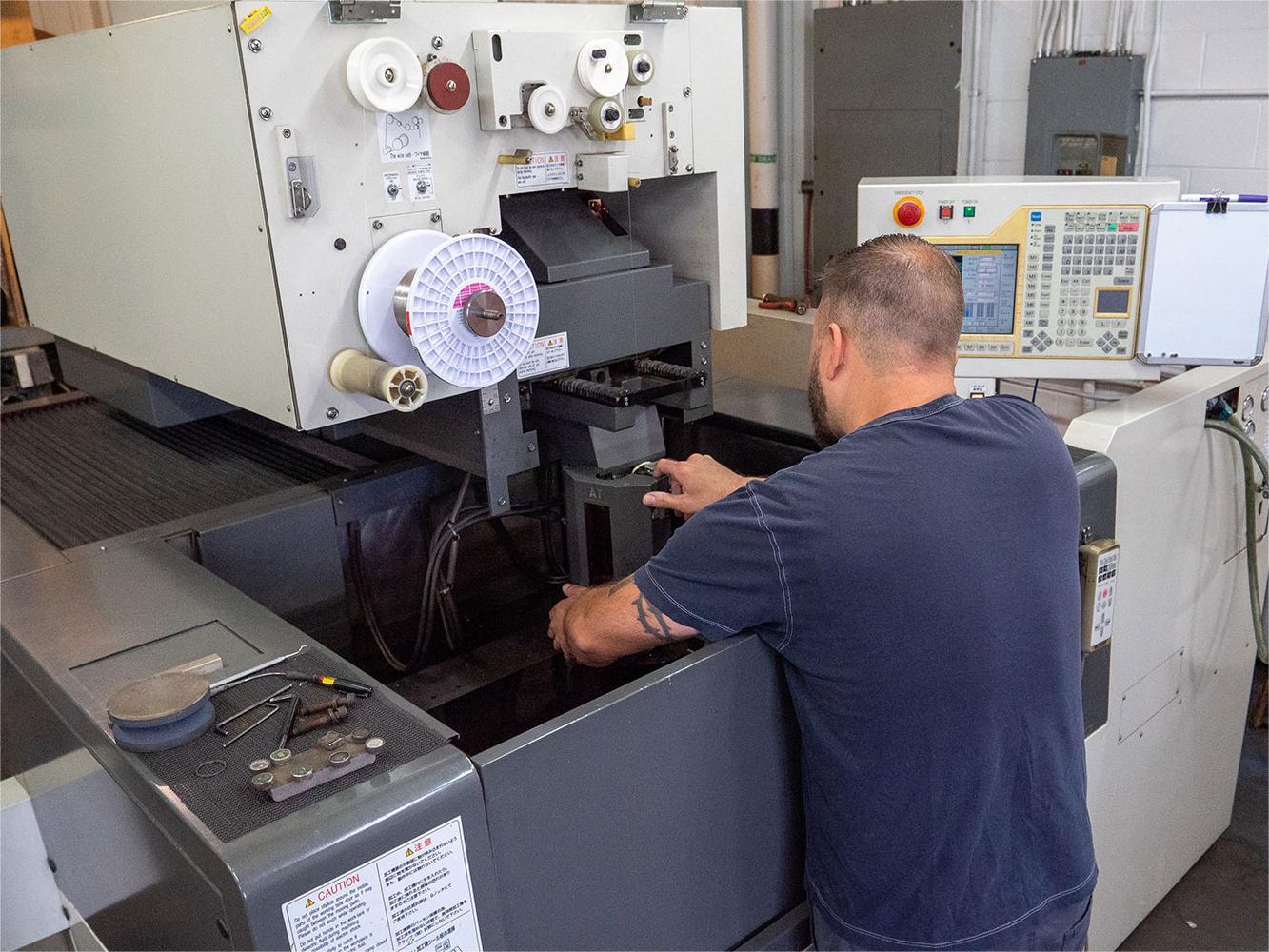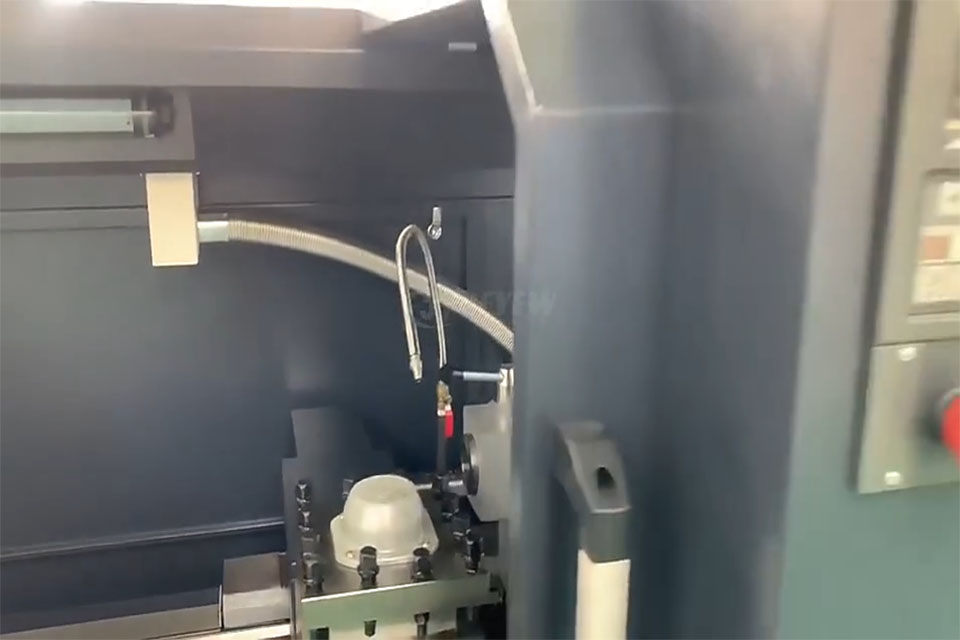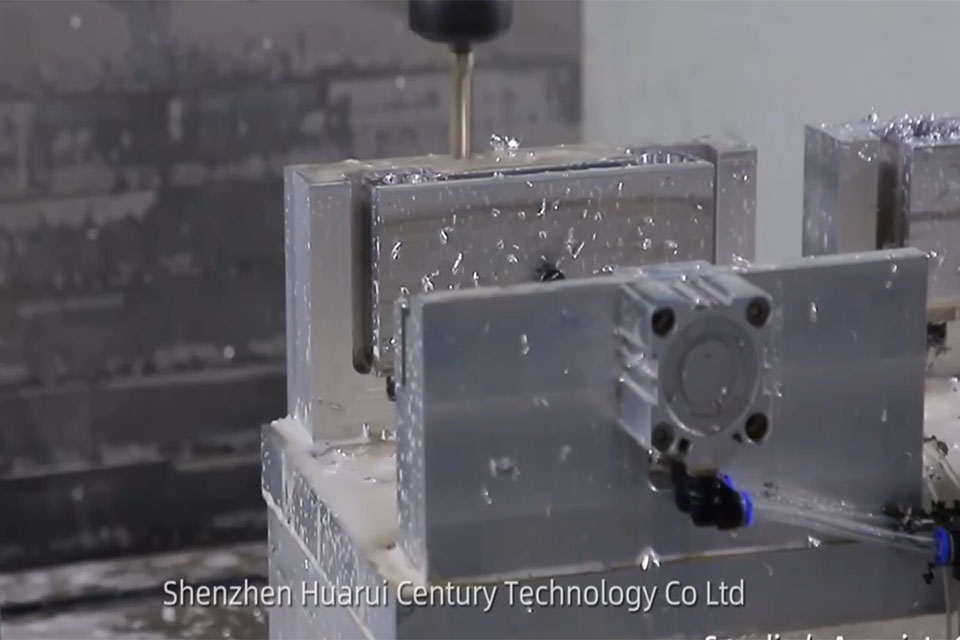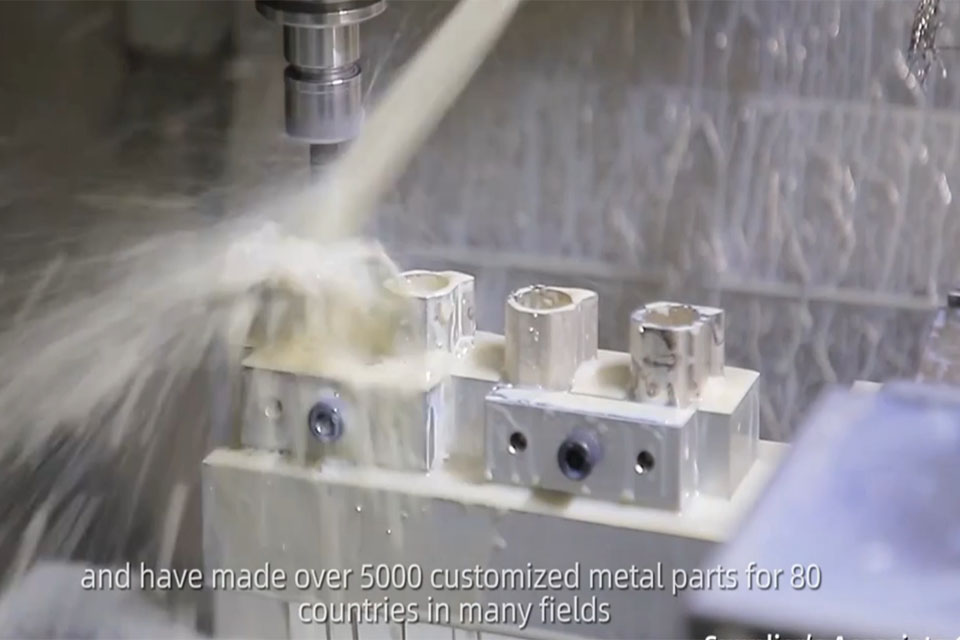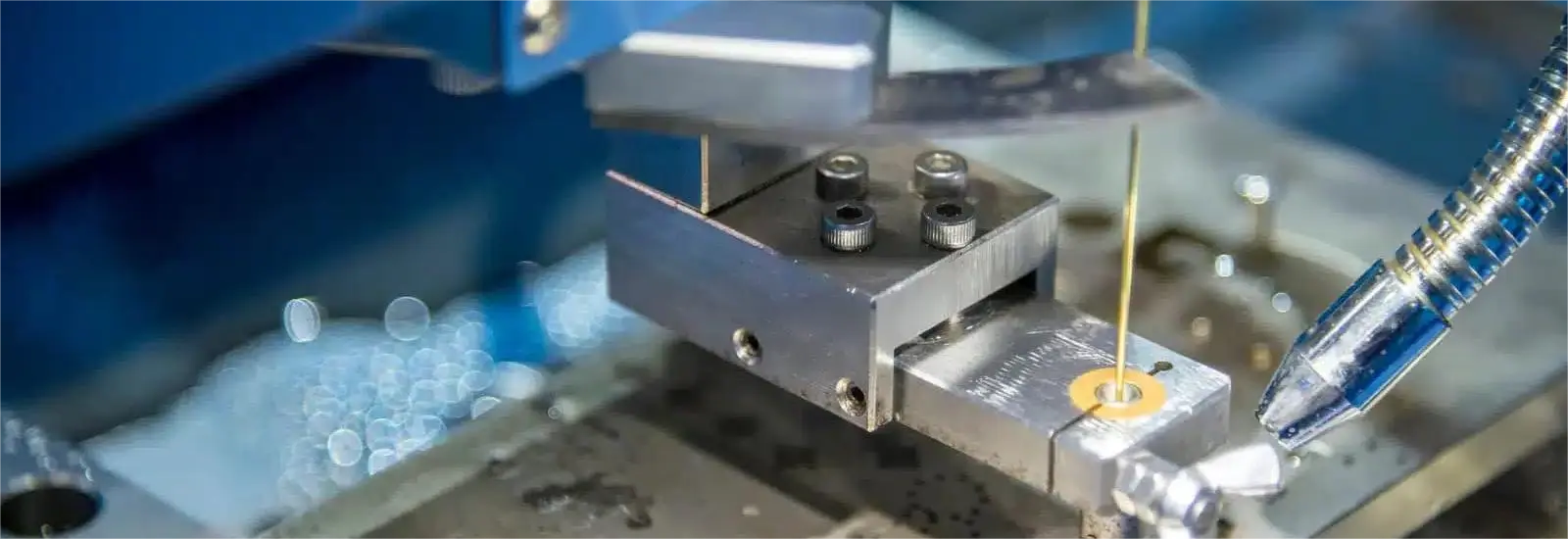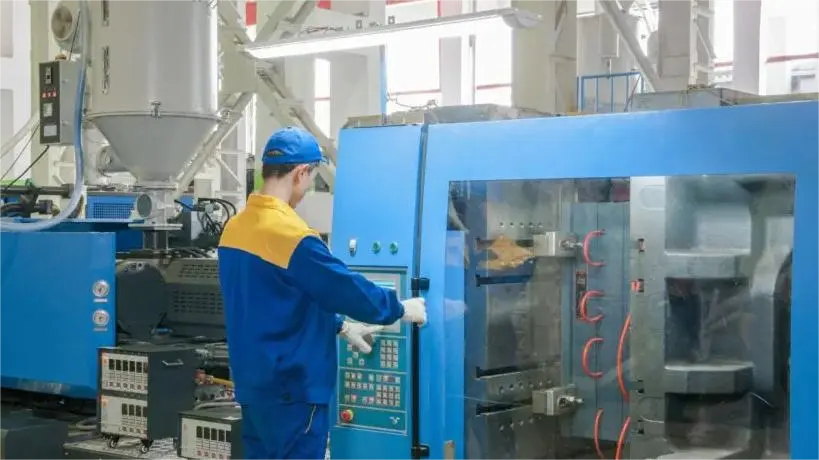
판금 성형: 정밀성, 효율성 및 혁신에 대한 종합 가이드
목차
소개
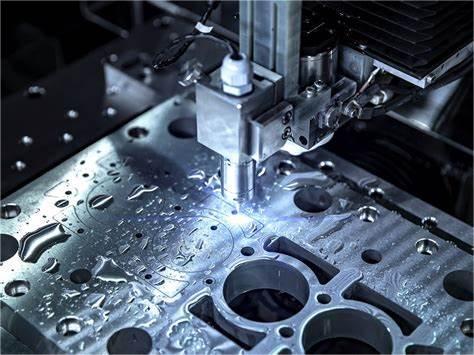
Understanding the Basics of Sheet Metal Forming
At its core, sheet metal forming is a manufacturing process that involves applying force to a sheet of metal, causing it to bend, stretch, or deform into a desired shape without fracturing. This process leverages the plasticity of metals, their ability to undergo permanent deformation under stress. The methods employed in sheet metal forming can range from simple bending operations to complex deep drawing and incremental forming techniques.
Why is Sheet Metal Forming Important?
- 다용도성: It can be used to create a wide range of shapes and sizes, from simple brackets to complex enclosures.
- 효율성: Many forming processes are highly automated, enabling high-volume production with minimal material waste.
- Strength and Durability: Formed parts often exhibit enhanced strength due to work hardening during the process.
- 비용 효율성: Compared to other manufacturing methods, sheet metal forming can be a more economical choice, especially for large production runs.
Classification of Sheet Metal Forming Processes
Sheet metal forming encompasses a variety of techniques, each tailored to specific geometries and material properties. Here’s a breakdown of the primary categories:
- Bending and Flanging: These processes involve deforming the sheet metal along a straight axis. Bending creates a V-shape, U-shape, or channel shape, while flanging produces a lip or edge on a part.
- Deep Drawing: This technique is used to form cup-shaped or box-shaped parts by pulling a flat sheet into a die cavity using a punch.
- Stretch Forming: In this process, a sheet of metal is stretched over a die and then forced to take the shape of the die.
- Incremental Forming: This is a relatively new technique that uses a small, computer-controlled tool to gradually form a sheet of metal into a desired shape. It’s ideal for prototyping and low-volume production.
- Hybrid Forming: These processes combine two or more forming techniques to achieve complex geometries or enhance material properties.
A Deep Dive into Deep Drawing
Deep drawing is a widely used sheet metal forming process that deserves special attention. It’s a critical process in industries like automotive, where complex shapes are often required. This process involves several key stages:
- Blank Preparation: A flat sheet of metal, known as a blank, is cut to the required size and shape.
- Drawing: The blank is placed over a die cavity, and a punch is used to force the blank into the die.
- Redrawing: For deeper parts, multiple drawing operations may be necessary, with each stage progressively forming the part closer to its final shape.
- Trimming: Excess material is trimmed from the formed part.
Key Considerations in Deep Drawing:
- Material Properties: The drawability of a material, its ability to be formed without fracturing, is crucial.
- Blank Holder Force (BHF): This force holds the blank in place during the drawing process and helps prevent wrinkling.
- 윤활: Proper lubrication is essential to reduce friction between the blank, punch, and die.
- Punch and Die Design: The shape and dimensions of the punch and die determine the final shape of the part.
The Role of Material Properties in Sheet Metal Forming
The success of sheet metal forming hinges on understanding the mechanical properties of the materials being used. Here are some key properties to consider:
- 인장 강도: This is the maximum stress a material can withstand before it begins to fracture.
- 수율 강도: This is the stress at which a material begins to deform plastically.
- Elongation: This is a measure of a material’s ductility, its ability to be stretched without breaking.
- Anisotropy: This refers to the directional properties of a material. In sheet metal forming, anisotropy can affect the way a material deforms.
- Formability: This is a general term that describes a material’s ability to be formed into a desired shape without failure.
Exploring the Science of Friction and Lubrication
Friction plays a significant role in sheet metal forming. It affects the forces required for forming, the quality of the finished part, and the lifespan of tooling. Effective lubrication is crucial to minimize friction and ensure smooth, efficient forming.
Types of Lubricants:
- Mineral Oils: These are commonly used for light-duty forming operations.
- Synthetic Lubricants: These offer superior performance at high temperatures and pressures.
- Dry Film Lubricants: These are applied as a thin coating that provides lubrication without the need for liquid lubricants.
Lubrication Mechanisms:
- Boundary Lubrication: A thin film of lubricant separates the surfaces, reducing friction.
- Hydrodynamic Lubrication: A thicker film of lubricant is created, further reducing friction.
- Mixed Lubrication: A combination of boundary and hydrodynamic lubrication.
Advanced Techniques: Incremental and Hybrid Forming
Incremental and hybrid forming represent the cutting edge of sheet metal forming technology. These processes offer greater flexibility and control, enabling the creation of complex shapes that were previously impossible or impractical to produce.
Incremental Forming:
- Flexibility: Ideal for prototyping and small-batch production.
- 비용 효율성: Eliminates the need for expensive dies.
- 복잡한 도형: Can create intricate geometries.
Hybrid Forming:
- Enhanced Properties: Combines the benefits of different forming processes.
- Improved Accuracy: Offers greater control over part geometry.
- Reduced Costs: Can optimize material usage and reduce production time.
The Importance of Presses in Sheet Metal Forming
Presses are the workhorses of sheet metal forming, providing the force necessary to deform the metal. There are two main types of presses used in sheet metal forming:
Mechanical Presses:
- High Speed: Ideal for high-volume production.
- Consistent Force: Deliver a consistent force throughout the stroke.
- 비용 효율적: Generally less expensive than hydraulic presses.
Hydraulic Presses:
- Variable Force: Can deliver a variable force throughout the stroke.
- Greater Control: Offer more precise control over the forming process.
- Suitable for Deep Drawing: Often preferred for deep drawing operations.
The Evolution of Servo-Press Technology
Servo-presses represent a significant advancement in press technology. These presses use servomotors to control the motion of the ram, offering several advantages over conventional mechanical and hydraulic presses:
- Precise Control: Servomotors provide precise control over ram speed, position, and force.
- Energy Efficiency: Servomotors are more energy-efficient than traditional drive systems.
- Flexibility: Servo-presses can be programmed to perform a wide range of forming operations.
- Reduced Noise and Vibration: Servomotors operate more quietly and with less vibration.
Cushion Systems: Enhancing Control and Flexibility
Cushion systems play a crucial role in sheet metal forming, particularly in deep drawing. They provide a controlled force that opposes the punch force, helping to prevent wrinkling and tearing.
Types of Cushion Systems:
- Blank Holder Systems: Used in double-action presses to hold the blank in place.
- Single-Action Presses with Cushion Systems: These systems add a cushion to a single-action press, providing some of the benefits of a double-action press.
- Multipoint Cushion (MPC) Systems: These systems use multiple cushions to provide more precise control over the blank holder force.
Applications of Sheet Metal Forming Across Industries
Sheet metal forming finds applications in a wide array of industries, including:
| 산업 | 애플리케이션 |
|---|---|
| 항공우주 및 항공 | Aircraft fuselages, wings, engine components, interior panels. |
| 자동차 | Body panels, chassis components, fuel tanks, exhaust systems. |
| 의료 기기 | Surgical instruments, implants, diagnostic equipment enclosures. |
| 전자 제품 | Computer cases, server racks, electronic enclosures. |
| 국방 및 군사 | Vehicle armor, weapon components, ammunition casings. |
| 산업 장비 | Machinery housings, control panels, conveyor systems. |
| 소비자 제품 | Appliances, cookware, furniture, lighting fixtures. |
| 에너지 및 재생 에너지 | Solar panel frames, wind turbine components, battery enclosures. |
| 로봇 공학 | Robot arms, end effectors, structural components. |
| 건설 | Roofing, cladding, structural elements. |
| 통신 | Antennas, satellite dishes, communication equipment enclosures. |
| 패키징 | Cans, containers, closures. |
| 예술 및 디자인 | Sculptures, decorative panels, architectural elements. |
| 툴링 및 금형 | Components for manufacturing tools and dies. |
| 식품 및 포장 | Food processing equipment, packaging machinery. |
| 제약 | Pharmaceutical manufacturing equipment, medical device components. |
| 중장비 | Construction machinery, agricultural equipment, mining equipment. |
| 사용자 지정 프로젝트/프로토타입 제작 | Unique parts for research, development, and custom applications. As a provider of CNC 솔루션 we specialize in creating prototypes for many industries. |
Case Studies: Real-World Examples of Sheet Metal Forming Excellence
Case Study 1: Automotive Body Panels
A major automotive manufacturer needed to produce complex body panels for a new vehicle model. By utilizing 딥 드로잉 및 고급 servo-press technology, they were able to achieve the desired shape with high precision and efficiency. The use of high-strength steel allowed for thinner panels, reducing vehicle weight and improving fuel efficiency.
Case Study 2: Medical Device Enclosures
A medical device company required intricate enclosures for a new diagnostic device. Using incremental forming, they were able to create prototypes quickly and cost-effectively. The flexibility of incremental forming allowed for design iterations without the need for expensive tooling changes. Once the design was finalized, they transitioned to traditional forming methods for mass production.
Case Study 3: Aerospace Components
An aerospace company needed to produce lightweight, high-strength components for an aircraft. By using stretch forming and advanced aluminum alloys, they were able to create complex shapes that met the stringent requirements of the aerospace industry. The use of 5축 CNC 가공 ensured that the components were formed to precise tolerances.
자주 묻는 질문
What is the difference between cold forming and hot forming?
Cold forming is performed at room temperature, while hot forming is performed at elevated temperatures. Hot forming is typically used for thicker materials or materials with low ductility at room temperature.
What is springback, and how can it be compensated for?
Springback is the elastic recovery of a material after it has been formed. It can be compensated for by overbending the material or by using special tooling.
What is the role of simulation in sheet metal forming?
Computer simulation is used to predict the behavior of materials during forming. It can help optimize process parameters, reduce trial-and-error, and improve part quality.
What are the advantages of using CNC machining in sheet metal forming?
CNC machining offers high precision, repeatability, and automation. It can be used for blank preparation, trimming, and other secondary operations. CNC machining is one of the 가공 서비스 we excel at.
What are the limitations of sheet metal forming?
Sheet metal forming is generally limited to relatively thin materials. It may not be suitable for creating very thick parts or parts with very sharp corners.
How do I choose the right sheet metal forming process for my application?
The choice of process depends on factors such as part geometry, material properties, production volume, and cost considerations.
Conclusion: Embracing the Future of Sheet Metal Forming
Sheet metal forming is a dynamic field, constantly evolving with new technologies and materials. As a leader in CNC 제작 서비스, we are committed to staying at the forefront of these advancements, offering our clients the most innovative and efficient manufacturing solutions. Whether you need 신속한 프로토타이핑, high-volume production, or specialized forming techniques, we have the expertise and resources to meet your needs.
By embracing the power of sheet metal forming, businesses across a wide range of industries can unlock new levels of precision, efficiency, and innovation. As we continue to push the boundaries of what’s possible, we invite you to join us on this journey, shaping the future of manufacturing together.
Ready to transform your ideas into reality? Contact us today to discuss your sheet metal forming needs and discover how our expertise can help you achieve your manufacturing goals.
댓글
우수 제품 사례
태그
관련 블로그
블로그에서 CNC 제작에 대한 최신 트렌드와 사실을 확인하세요.

